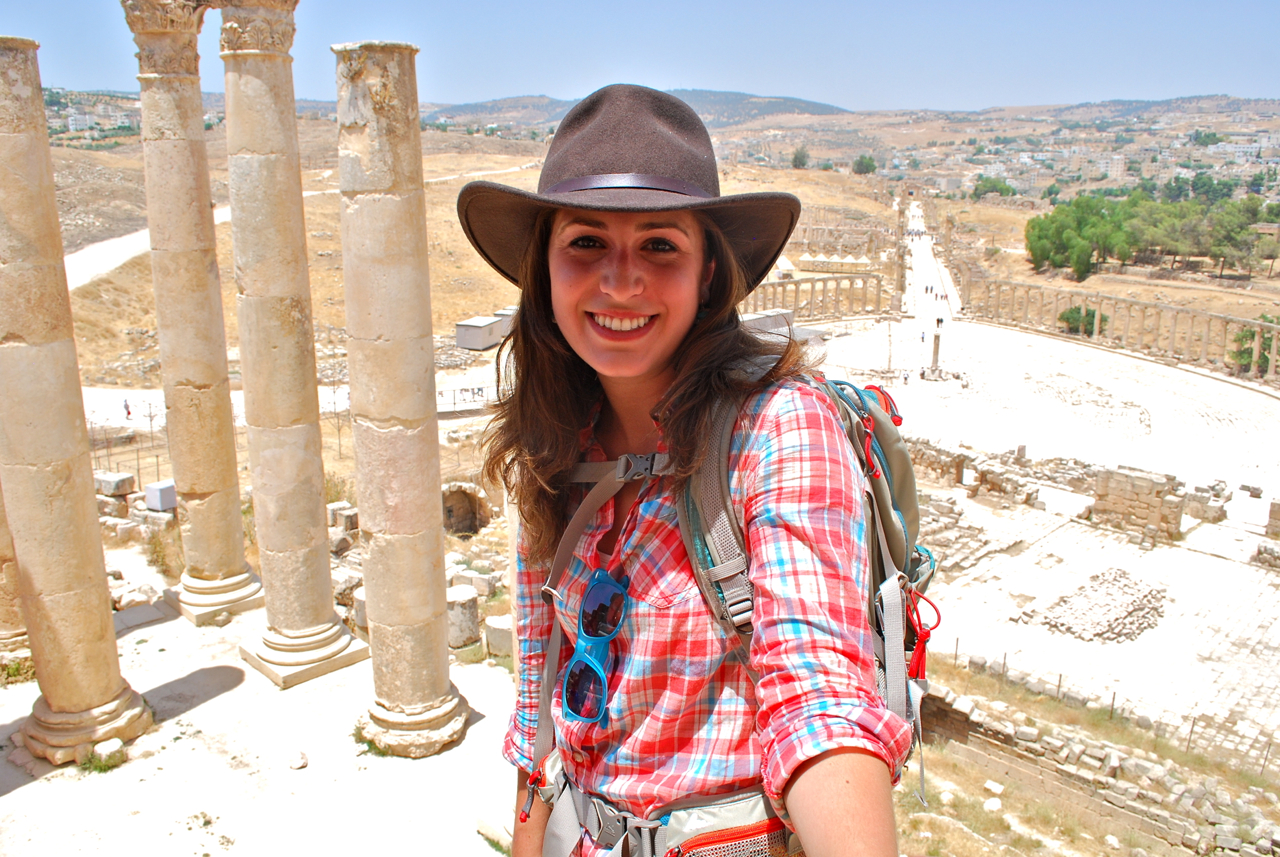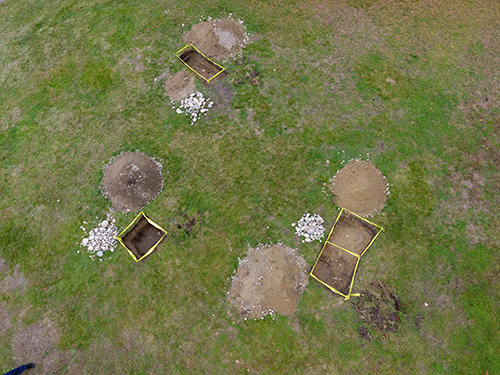Students Dig Up Science and History in High School Lawn
-
-
slice.mit.edu
Filed Under
Recommended

For the last two years, students at Arlington High School have excavated part of the school’s grassy lawn. The work is part of an Introduction to Archaeology course, an interdisciplinary science elective taught by Danielle Raad SM ’15, who recently received national science teaching recognition.
The excavation explores the former site of two mid-20th century homes. Upwards of 25 students each year work with trowels, shovels, and dust pans to slowly uncover objects of daily life dating back 70 years.
Watch Raad and her students at the school's excavation site. Credit: Arlington Public News
To date, students have excavated 400 artifacts, some typical and some surprising. Mixed among the bricks, rusted nails, washers, broken glass, and ceramic shards, students have found a butchered piece of cow tibia, a rusted skeleton key, an animal tooth, and a Billy Idol pin. They are able to see different stratigraphic layers and determine relative time based on the availability or absence of plastic in the layers.
“It’s important to see how interdisciplinary and interesting real science can be when you are not memorizing the different parts of a cell or doing foundational work that you do in high school,” says Raad.
Raad was inspired to start the course after her studies at MIT, where she completed graduate work in the Materials Science Department’s Center for Materials Research in Archaeology and Ethnology.

“I learned archaeology through a scientific lens,” she says. “I was able to use x-ray diffraction, digital microscopy, and a whole bunch of equipment that archaeologists at other schools don’t have access to,” she says. She completed her thesis work on Neolithic personal ornamentation objects found at a Jordanian excavation site dating back to 10,000 BC.
Raad’s hands-on model of teaching extends to her other classes in physical science and physics. In a recent electricity unit, students learned how to make circuits by designing an artistic scene using Christmas lights. Resulting projects included scenes with super heroes and outer space, all displayed in shoeboxes. “It’s a daunting thing making this really complex circuit that has switches and is fully operational, and then they build it by the end,” says Raad. “It’s awesome.”

Often students will ask to record class demonstrations on their phones. “I think that’s a mark of being engaging,” she reflects. “Instead of trying to sneak texts on their phone…they are actually asking if they can share what they are doing in class with their friends.”
In February, Raad is bringing several scientists to the school to speak about their research, as part of the AAAS Science Days: In the Classroom initiative. “As high school students look toward the next stage of their lives, it’s important for them to be exposed to the various ways in which the content we learn in science classes can be applied.”
All this great work is getting noticed—Raad was named the American Association for the Advancement of Science Teacher of the Month in January.
“I put a lot into my job,” says Raad, who teaches physical science for 9th grade and physics, archaeology, and oceanography for grades 11-12. “It feels really great to be recognized for everything I’ve been doing.”







